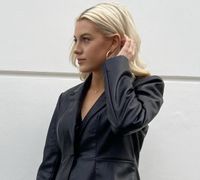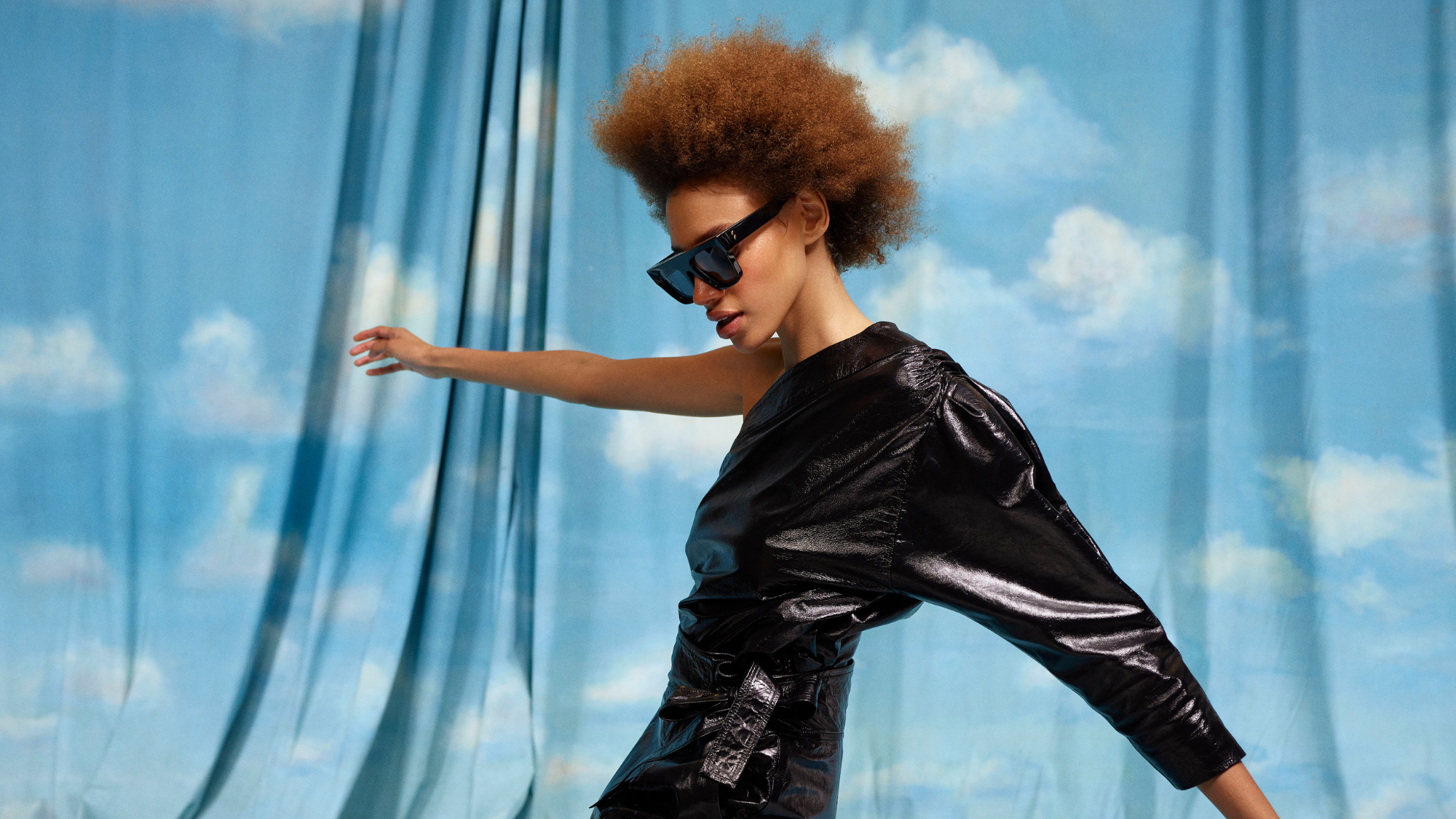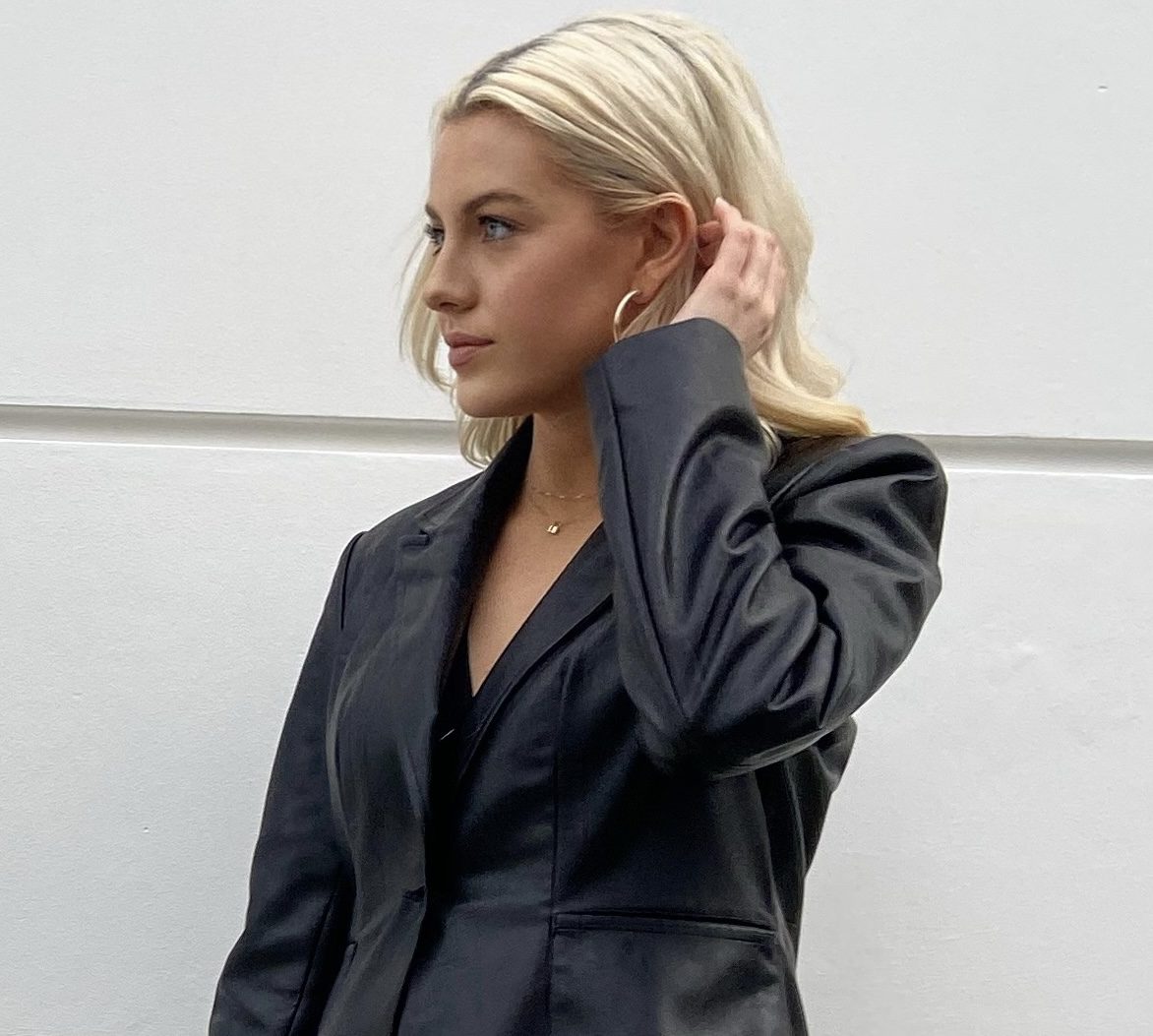Sustainable fashion: where to start?
Sustainable fashion is a complex term with much to consider when choosing to consciously consume clothes


Sustainable fashion is a complex term with much to consider when choosing to consciously consume clothes
It is no secret that the fashion industry is a giant polluter of our planet. By producing 10% of global carbon and almost 20% of wastewater every year, many hard-hitting facts bear the devastating truth. Thankfully, we are becoming more aware of these facts, and Gen Z is leading the way. However, there is still a lot of fast fashion in the marketplace and few brands tackling this problem. Even the brands at the forefront of the fight will admit there is much room for improvement.
Our latest fashion and beauty shoot boasts only sustainable garments, from renting the runway to ethical leather, we highlight the many factors to consider when trying to become more sustainable.
Organic fabrics
Carefully choosing materials is a great place to start when changing habits. Try to make a conscious effort to purchase from brands that use organic fabrics. The brand Pangaia focuses on 'hi-tech naturalism' and their latest innovation, C-FIBER™, where they use eucalyptus pulp and seaweed powder, was featured in our short film in the form of a pink hooded dress. They source the eucalyptus pulp from certified FSC forests and turn it into a lyocell fabric through a closed-loop production system. Eucalyptus makes up for over 95% of the cellulose used in C-FIBER™ and is mixed with beech, spruce and acacia. The process recycles water and reuses up to 99% of the solvents used, creating little-to-no waste. The resulting pink dress is water-saving, carbon-neutral, and 100% biodegradable.
Secondhand
With 85% of all textiles going to waste each year, using what's already available is imperative to the sustainability matrix. Talia Byre is an up-and-coming brand by Central Saint Martins graduate Talia Lipkin-Connor, who develops conscious collections. The tank top featured in our shoot is "made from Oxfam cashmere jumpers that were unable to be resold due to holes” says Talia. “So we carefully repaired and worked around this using the material where we could. The skirt is made from damaged deadstock silk and hand-dyed in the studio while the cardigan is made from deadstock yarn and knitted locally in London."
Bethany Williams is another designer who makes use of the existing before purchasing the new. She sources second-hand garments and de-constructs them before patching them together again to create something entirely different. "The jacket and joggers are made out of upcycled tracksuits," says Bethany. "The corset is made using a combination of offcuts from our production line, and organic and deadstock materials."
Renting
Getting dressed up and putting on a new outfit offers a thrill and boost of confidence like no other. Most of us only wear our party clothes once for fear of becoming an outfit repeater. Then before you know it, there are a million sparkly frocks buried into the back of the wardrobe. Enter the rental market, a solution to many problems, including reducing your need for fast fashion. My Wardrobe HQ is the UK's first fashion rental marketplace offering a sustainable solution to wearing a new outfit every time you go out. "Sustainability drives every decision we make at My Wardrobe HQ," says Creative Director Sadie Mantovani. "Our customers are looking for more socially conscious ways of consuming fashion and our mission is to give new life to pre-owned and past-season luxury goods through the circular economy." Renting can extend the life cycle of a garment up to fifteen times and My Wardrobe HQ also plants a tree for every rental and sale they make to offset their carbon footprint. Uniquely, My Wardrobe HQ allows you to buy the garment if you don't want to part with it, the rental price is simply deducted from the listed buy price. They have also recently extended their range to menswear, childrenswear and bridal.
Celebrity news, beauty, fashion advice, and fascinating features, delivered straight to your inbox!
Responsible and local sourcing
Social responsibility is often overlooked when it comes to sustainability. Protecting the planet and its inhabitants go hand–in–hand. Tilly Sveaas is a jewellery brand that does this really well and has even been identified by Selfridges with Project Earth labelling – an initiative that highlights products with a sustainable attribute. Born in Bali, the brand still uses its first-ever supplier and continues to work with local traders as the business grows. It is also a licensed Fairmined brand, meaning that it guarantees that metals come from small-scale mining organisations embracing responsible business, social and environmental practices. By using local traders and suppliers, the brand reduces its carbon footprint and supports the local community with opportunities for work.
Ethical leather
"Ethical leather is in fact real leather," says Caroline Sciamma-Massenet, Founder and Creative Director of SKIIM, a ready-to-wear leather brand. "It is an eco-leather made by using the waste of off-cuts or by-products of the meat industry and avoiding the use of toxic dyes in the tanning process." SKIIM sources the leather through the Leather Working Group, an accredited supplier that adheres to globally recognised social and environmental standards. Now, I know what you're thinking, real leather can't be sustainable, right? But as an off-cut and by-product of the meat industry, the use of the real leather redirects it from going to landfills or being burnt and thus minimising waste. The leather industry also provides jobs to rural communities where people often depend on the trade to earn a living. Meaning that as well as minimising waste, SKIIM contributes to a hand-worker economy, increases the global workforce inclusivity and preserves cherished cultural traditions globally.
Torey Cassidy is the Beauty Producer and Junior Beauty Writer at Marie Claire UK. Whether it's organising a cover shoot or writing about the latest beauty products, no one day in the role is the same, and she loves the chaos of it all.
Hailing from Dublin, she spent much of her childhood in the Irish countryside but craved the hustle and bustle of city life, so, packed her bags and moved to London in 2017 to study Fashion Journalism at the University of the Arts London. Throughout this time, she interned everywhere she could, from magazines to assisting stylists on set, probably spreading herself a little too thin but lapping up every opportunity.
Finishing her degree as a Covid graduate in 2020, she then took on the bold life of a freelancer. From producing shoots for John Lewis & Partners to assisting stylists with music videos and campaigns before landing her dream role at Marie Claire, almost a year later.
When not navigating a career, Torey can be found at the pub with friends debating the quality of a pint of Guinness, flogging her vintage finds on Depop or most likely on TikTok. She is obsessed with TikTok.
